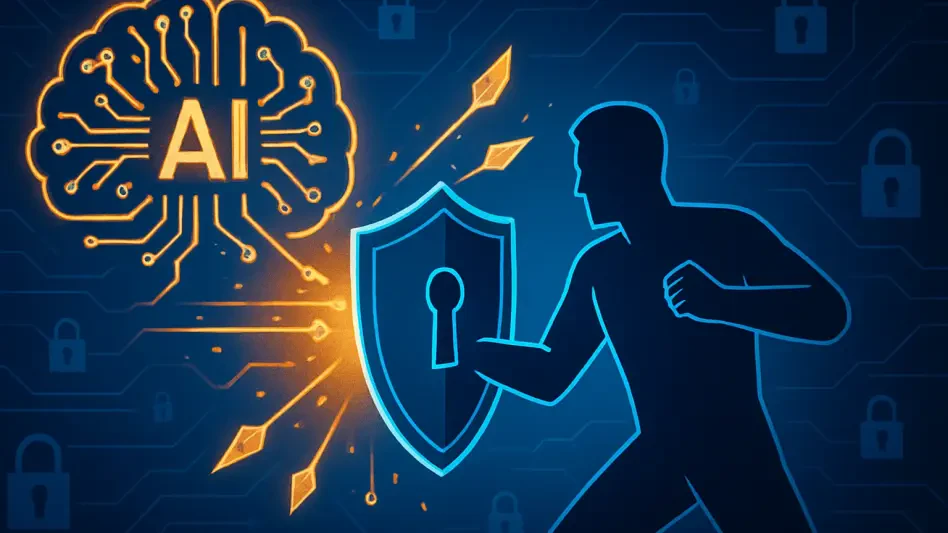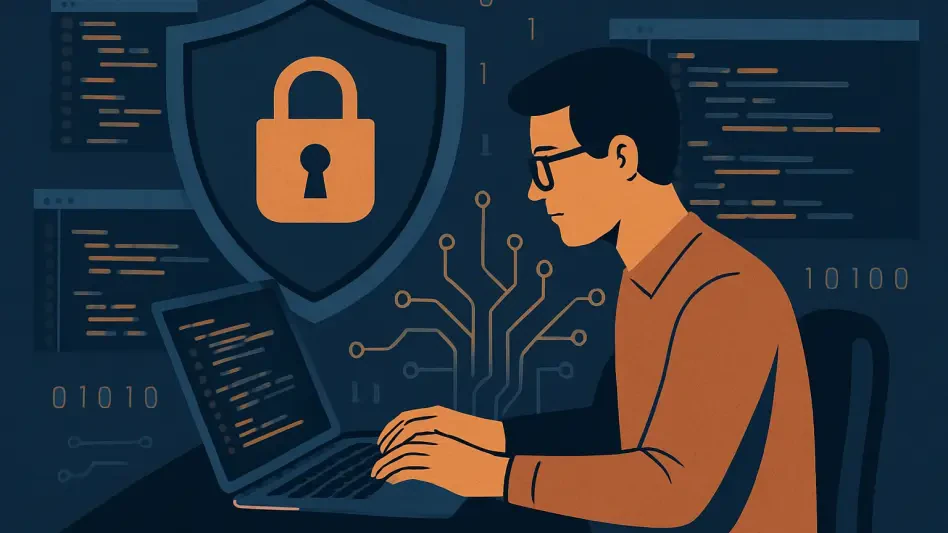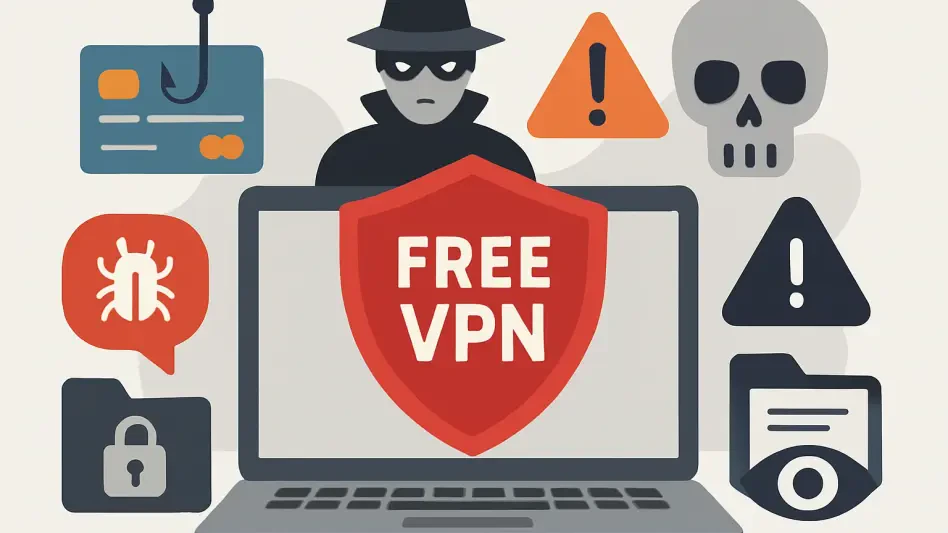In an era where digital interactions dominate everyday life, a compelling question arises regarding the balance between cybersecurity and convenience. Recent insights illuminate a trend among Americans who increasingly prioritize ease over security in managing passwords. This inclination is sharply manifested in the preferences of Gen Z, about 38% of whom favor quicker digital access over robust security measures. The allure of faster, more streamlined online experiences comes at the cost of potential vulnerabilities. Dependency on swift access has led many to adopt less secure authentication methods, presenting a pressing challenge in safeguarding personal and organizational data. The practice, influenced significantly by Gen Z, indicates a broader generational tendency towards lax security. The implications of this behavior are far-reaching, threatening the foundational resilience of cybersecurity infrastructures. As more individuals gravitate towards convenience, the risk of security breaches escalates, necessitating a renewed focus on education and awareness to bridge this critical gap and enhance overall cybersecurity.
The Lure of Convenience in Digital Practices
A notable report by Frontegg underscores that one in three Americans opts for more convenient, albeit less secure, login methods. This data points to a considerable portion of the population who consciously choose expediency over security. This pattern is particularly evident in Gen Z, where a substantial number willingly compromise on password strength for the sake of memory ease and accessibility. Such trends not only reflect personal preferences but also have widespread implications for digital security. The propensity to use weak passwords poses significant risks, making individuals more susceptible to cyber threats. This trade-off between convenience and security emerges as a growing concern in the digital age, suggesting that educational efforts must be intensified to instill better password management habits. The dilemma between choosing easy accessibility and robust security highlights a critical juncture in adapting to modern technological demands. By addressing these issues with targeted awareness programs, individuals can be empowered to make informed decisions that balance both convenience and cybersecurity.
Moreover, the current environment’s emphasis on speed and efficiency over meticulous security compliance reflects broader societal shifts toward instant gratification. This cultural mindset, while catering to streamlined experiences, inherently introduces loopholes in security protocols. As a result, both individuals and organizations face increasing threats, necessitating urgent and comprehensive strategies against potential breaches. The evolving digital landscape requires individuals to reassess their approaches to password management, emphasizing the development of habits that bolster security without sacrificing too much convenience. Enhancing user awareness and providing the necessary tools and knowledge to navigate these challenges are essential steps in adapting to this modern landscape. By fostering a balanced approach, individuals can better protect their online interactions while still enjoying the conveniences of technology. The balance between speed and safety remains a cornerstone in the ongoing discourse surrounding digital evolution and the protection of sensitive information.
The Cross-Generational Cybersecurity Challenge
This phenomenon reveals a pressing cross-generational challenge, accentuated by the tendency to favor accessibility over security in digital engagements. A staggering 46% of Americans admit to using weak passwords for ease of recall, with Gen Z figures reaching an alarming 57%. Such statistics highlight a significant vulnerability within the cybersecurity landscape, as these compromised measures can easily be exploited by malicious entities. To address this burgeoning issue, it is crucial to instill a culture of cybersecurity awareness that spans all age groups. The potential for damage from such vulnerabilities has never been more pronounced, underscoring the urgent need for comprehensive strategies that prioritize resilience and proactive defense mechanisms. By adopting a comprehensive approach across demographics, the digital community can significantly reduce risks associated with weak authentication practices.
The inclination to favor quicker digital solutions over robust security also reflects the challenges inherent in the digital age’s rapid advancement. As technology evolves, so do the threats that target its inadequacies. Bridging the gap between convenience and security becomes imperative in maintaining a protective virtual environment. Techniques like using multifactor authentication could prove essential in balancing accessibility and security, providing an effective compromise that does not overly burden the user experience. Educating all demographics on these critical aspects not only enhances individual security but also contributes to a fortified, collective defense against cyber threats. Ultimately, a proactive stance in establishing and maintaining robust cybersecurity practices across all digital interactions is pivotal as reliance on technology deepens worldwide. Such measures ensure that the digital infrastructure remains resilient against ever-evolving threats, paving the way for a more secure and convenient future.
Shaping a Culture of Cybersecurity Awareness
In today’s world, digital interactions are a daily norm, prompting a significant debate on balancing cybersecurity with convenience. Recent observations highlight an emerging trend with many Americans opting for ease over stringent security when handling their passwords. This trend is particularly notable among Gen Z, with about 38% preferring quicker digital access at the expense of strong security measures. The allure of a smoother, faster online experience often results in potential vulnerabilities. Many individuals rely on hastier access methods that are less secure, raising a significant challenge in protecting both personal and organizational data. Gen Z’s behavior is part of a broader generational trend towards relaxed security, which poses substantial risks to the integrity of cybersecurity frameworks. With more people prioritizing convenience, the potential for security breaches increases, necessitating a renewed emphasis on education and awareness. This effort is vital to addressing the gap and strengthening overall cybersecurity resilience.








